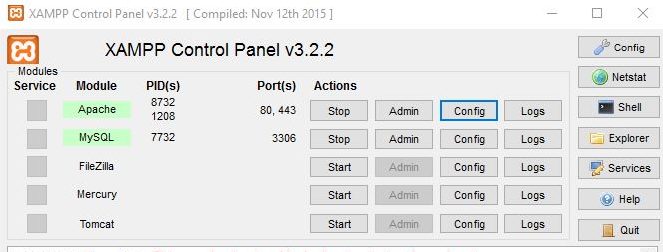I recently needed to show on the admin side of an app the last login of all users and if they had logged in at all. I also wanted to show the user the last time that they visited the site. I used event handlers for both these tasks.
Update the Users Table
I have used the user model to store a timestamp for each event, so I added two new rows to my users table. I will then be able to access these easily in my blade template.
$table->timestamp('latest_login')->nullable();
$table->timestamp('previous_visit')->nullable();
On the user model I also added both timestamps to the proteced $dates array. By doing this I will be able to use ‘Carbon’ helpers like ‘diffForHumans’.
protected $dates = [
'created_at',
'updated_at',
'latest_login',
'previous_visit'
];
Creating the Event Handlers:
On the admin side I used the login event and for the user I used the logout event to record the current time and date to the users table.
In the EventServiceProvider service provider (app/Providers/EventServiceProvider.php) I added the following to the $listen array:
'Illuminate\Auth\Events\Login' => [
'App\Listeners\Users\LatestLogin',
],
'Illuminate\Auth\Events\Logout' => [
'App\Listeners\Users\PreviousLogin',
],
I then ran php artisan event:generate. This command then creates two event listeners located at app\Listeners\Users\LatestLogin and app\Listeners\Users\PreviousLogin.
Each event listener’s handle()method I added the following.
public function handle(Login $event)
{
$event->user->latest_login = Carbon::now();
$event->user->save();
}
public function handle(Logout $event)
{
$event->user->previous_visit = Carbon::now();
$event->user->save();
}
I also added:
use Carbon\Carbon;
to each listener.
Now when a user logs in or logs out the event listener fires and updates the appropriate row of the users table for the user.
Blade
Finally for completeness in my blade file I can call:
{{ $user->latest_login->diffForHumans() }}
And it will output something like – 1 hour ago – or however long it was since the user signed in.
For the user in the view I add:
Last Visit: {{ Auth::user()->previous_visit->diffForHumans() }}
It outputs something like: Last Visit: 2 days ago
That is about it. I hope this helps someone else out.
